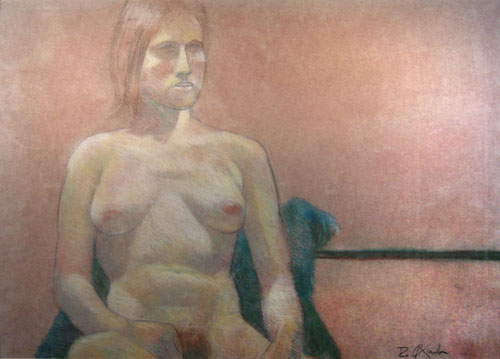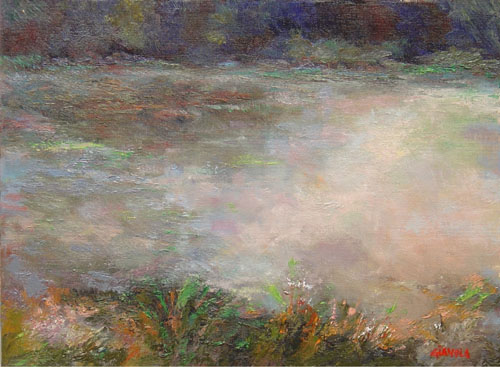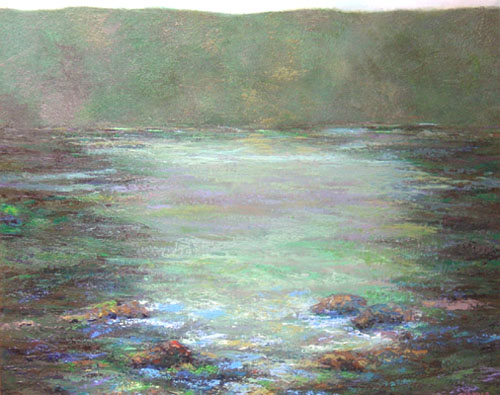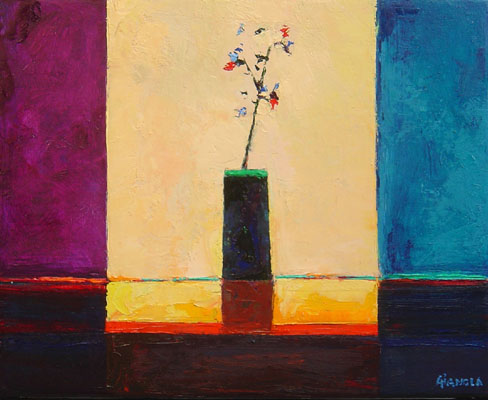|
A Creative Autobiography 2019 - “From Techne to Psyche” 9. A Short Biography
10. A Casual Biography 11. Art and Painting Notes 12. Art and Painting Notes of Others
I evolved aesthetically from the Detroit culture of rock and soul music, building hot rod models and custom models for the Fisher Body Craftsman’s Guild. I grew up listening to my father’s large collection of big band swing music. I started playing drums at the age of thirteen in neighborhood garage bands. My dad took me to Baker’s Keyboard Lounge at the age of thirteen to hear the master drummer Gene Krupa Quartet, a powerful creative experience. Concept car design was my first artistic passion. I always had a talent for drawing, initially in the automotive realm and leading to figure drawing and beyond. I eventually read the humanism of generalist Lewis Mumford at the Art School of the Detroit Society of Arts and Crafts library. The school, now College For Creative Studies, is located in downtown Detroit’s cultural center, next door to the Detroit Institute of Arts, and was part of the rich cultural mix of the time. Mumford was the first of many deep thinkers I was to read. His ideas on the city, the machine, progress, power, profit, property, productivity helped me to evolve beyond the corporate automotive domain, coming to view it as an obsolete measure of personal success. I grew up in the working class manufacturing cyclone of 1950's Detroit, “The high church of American capitalism” - Tom Brokaw. As a male honor student, excelling in math, who could also draw, I had the drafting/engineering/manufacturing/corporate culture pretty much handed to me, possibly forced on me. Fortunately, I eventually found a way into the rich creative culture of the time and place to explore the creative, personal, humanist side of life and the mind. Painting called me as a mythic vocation embodying the essential mystery and spiritual beauty of nature and the human psyche. My paintings are the result of my over fifty year long experience with the Art Spirit, pursuing the possibilities of a personal transformative vision, engaging emotion, expression, and the poetry of visual music. |
|
|
|
Concept
Car
1969 Prismacolor
on Canson
paper |
Concept Car 1969 Prismacolor on
Canson paper |
|
2. Concept Drawings from “Romancing the Automobile" Dennos
Museum Center September 2007 It was a time of great optimism and excitement in the automotive world of Detroit. That world in the 1960’s was enjoying the automotive styling and engineering design renaissance created earlier by Harly Earl and other creative and passionate artists, designers, and engineers at General Motors that continued for a generation and made Detroit famous world wide for its cool, sleek, and sexy concept and production cars. Automotive styling or car designing was the dream job of many a young man from Detroit and I was in love with all of it. These early drawings were done when I was at Cass Technical High School in 1967-68 in the Body Styling Program and the Art School of the Detroit Society of Arts and Crafts, now the College of Creative Studies, both in Detroit, and in 1968-69 at General Motors Styling at the Technical Center in Warren, Michigan, while a co-op engineering and design student at General Motors Institute in Flint, Michigan. While based on fantasy with impossible, exaggerated proportions, the drawings were meant to convey a fundamental design concept with great aesthetic excitement eventually leading to a production vehicle with its own personality. Whether luxury cars or small, economy vehicles, they had to be cool. The
GM
studio I was in as a design apprentice was an
initial concept studio. The tracing type drawings
were done rapidly as a predominantly side or end
view in about 30 minutes. Then another variation
traced over it on a new sheet for a new drawing.
Rapidly they become a style of design, as would
the designs from other designers. Executives would
choose designs and new drawings would develop from
these. Soon there would be many drawings focused
on an evolving automobile. From these small scale
clay models would be started in the design studio
and the process would evolve between two and three
dimensions. Next came a larger scale model. At
this point the project went to another studio for
gradual production refinement. Contrary to popular
belief, the final, meticulous pre-production
design work was considered more demanding than the
initial concept designing as it was closer to the
final vehicle. The drawings on black Canson paper are Prismacolor pencil. The others on translucent layout paper are pencil alone or pastel with marker on the front and back. I gradually moved on to the less glamorous field of automotive tooling design, (still very creative but not nearly as romantic!), and to my own painting. I retired after working for thirty nine years, twenty nine at home, as a special metal removal machine tooling draftsman/designer. I concepted and designed; transfer lines, dial index machines, fixtures, drill heads, assembly & automation systems, conveyors, body panel welding fixtures, and special medical automation equipment.
Ron
Gianola |
|
Concept
Car 1969 Prismacolor
on Canson paper |
Concept
Car 1969 Pastel,
Colored
Pencil, and Markers
on Vellum Tracing Paper |
|
Concept
Car 1969 Pastel,
Colored
Pencil, and Markers on Vellum Tracing Paper |
Concept
Car 1969 Pastel,
Colored
Pencil, and Markers on Vellum Tracing Paper |
|
3 The human figure, realism, music While attending “Arts and Crafts” in four phases over a twenty year period, 1969 through 1989, I met an incredible group of instructors in all departments. Industrial Design; architect Marco Nobili, designer and jazz royalty composer Keith Vreeland, Detroit Institute of Arts curator art historian Nicholas Snow, fine artist in egg tempera and fresco Bill Girard, master sculptor Jay Holland, ceramists Gordon Orear and Max Davis, painters without compare Richard Jerzy, Anthony Williams, Russell Keeter. They were trained in realism, some from the master Sarkis Sarkisian, and most importantly taught me to see rather than look, and to develop my visual perception. Keith
Vreeland
opened the door for me to the rich world of
creative jazz in Detroit, with concerts at the
Detroit Institute of Arts, and various downtown
clubs. Life changing for me was the Strata Concert
Gallery, an “underground” creative music
performance space, community organization, and
record label. Led by composer / pianist and
Contemporary Jazz Quintet leader Kenny Cox, Strata
brought in Charles Mingus, Herbie Hancock's
Mwandishi, Stanley Cowell, Tribe, the original
Weather Report, Elvin Jones, The Art Ensemble,
Cecil Taylor, Chick Corea, etc. Strata, along with
ECM records in Germany, formed my musical taste
and outlook to this day.
Industrial Design involved a broad training in the fine and applied arts. The incredible Syd Mead was teaching advanced rendering at this time. |
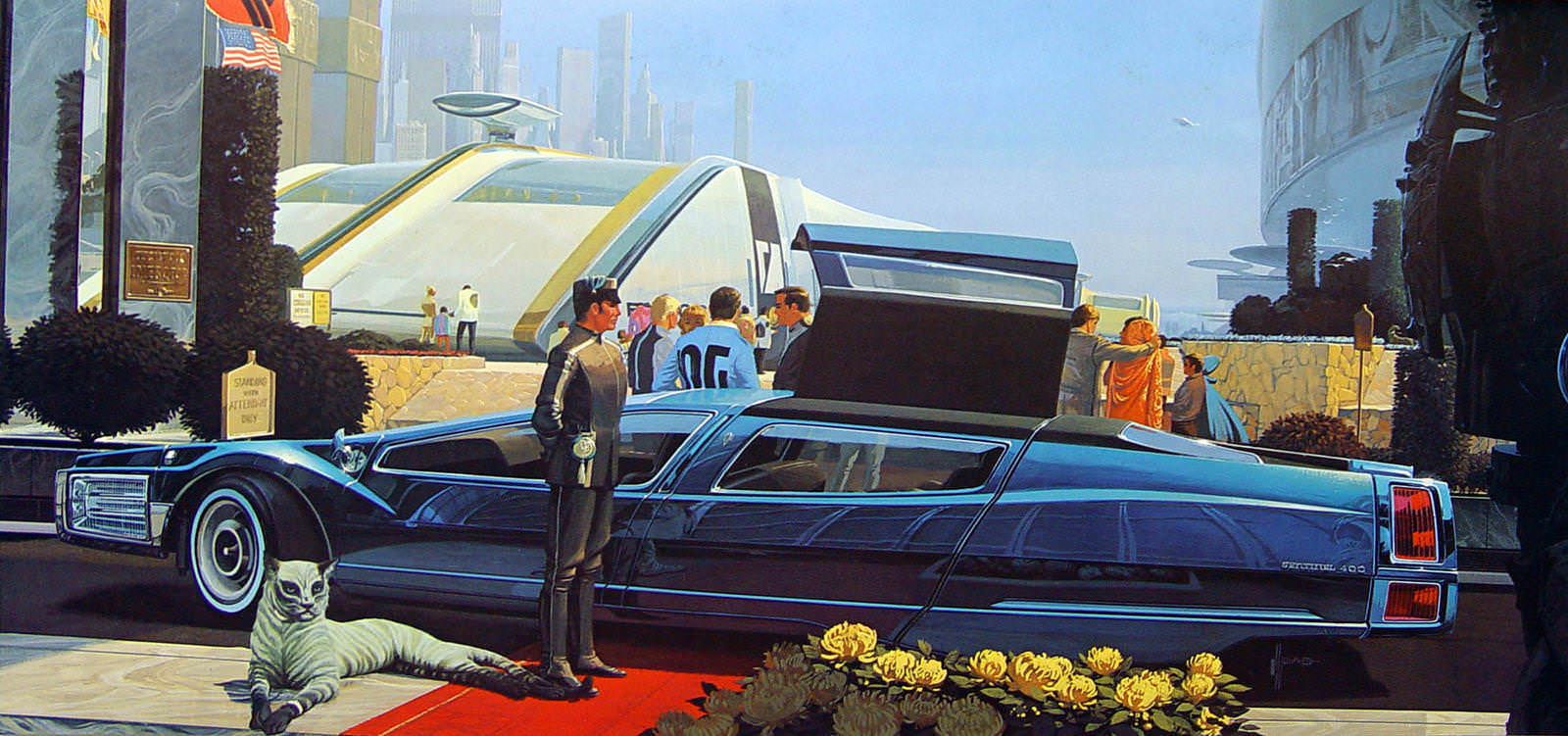 Syd Mead |
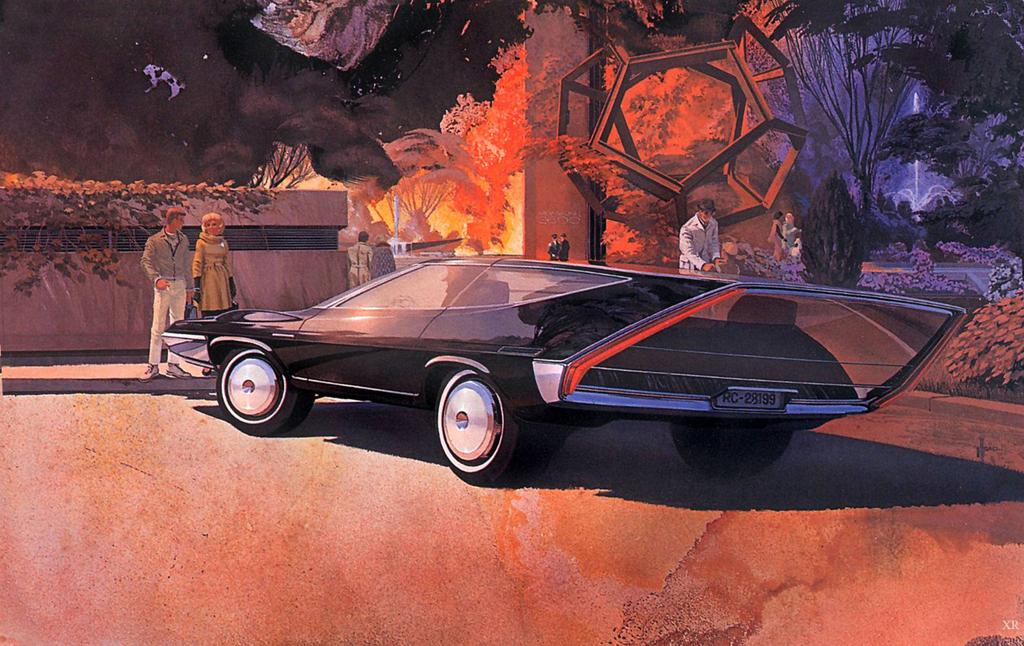 Syd Mead |
|
I was exposed to figure drawing, art history, esthetics, and design. Transferring to Fine Arts, I spent many hours in figure drawing and painting. From this I learned to not just look but "see" in the sense so beautifully depicted by Frederick Franck in his "Zen of Seeing" books. Betty Edwards' "Drawing on the Right Side of the Brain" led me to the deep, life changing "The Transformative Vision: Reflections on the Nature and History of Human Expression" by Jose Arguelles. My introduction to the split consciousness of techne and psyche from the Pleistocene to today, and it's relation to art. A huge influence on me, the twenty page bibliography kept me busy in the Detroit Main Library literally for years. Another deep influence was the writing of Joseph Campbell, relating creative work and one's life as an artist, across the ages, to the Hero With a Thousand Faces. These studies confirmed intellectually what I was realizing intuitively; art is not connected to money, it's connected to spirit. Figure work, my second large artistic passion, in pastels was my introduction to color. A classicist in his belief that the mission of the artist is to create beauty and to represent the inner life of the spirit, Sarkis endowed his paintings with gravity and grace. He embodied classical humanism, representing the inner life of the spirit as well as the outward form of the body, beauty, and honesty. |
.
|
Portrait of Sean Ruff Pastel
1982 |
Figure Pastel
1984 |
|
Figure Charcoal 1970 |
Figure Pastel 1999 |
|
Figure Pastel 1970 |
|
After realistic figurative drawing and painting, my great love and inspiration became landscape painting. While
in
school I spent many hours in the magnificent
Detroit Institute of Arts. I was attracted
to the work of Canaletto, Brueghel, Rivera,
Monet, Whistler, Jasper Cropsey, and
American Impressionists, particularly George
Inness and John Twachtman. George Inness was
largely self-taught and had little patience
for the detail and labor of drawing and
engraving. He loved, instead, the richness
of paint and color, which he called the soul
of painting, and believed that one painted,
"not to imitate a fixed material condition,
but to represent a living motion." The
Detroit Institute of Arts has some
astounding Inness landscapes that always
caught me. A huge influence, he showed
me representational painting could be
emotional, personal, and poetically
evocative of an inner source. I
developed an appreciation of using
a considered
execution in
painting, resulting
in a rich
surface, beautiful even close
up. “Alluding to subjects, avoiding mimetic representation. …detail did not gain me meaning…” – George Inness “indirectly represent objects, directly represent or convey, atmospheric, subjective mystery of nature...not of an outer fact, but an inner life." My large passion in 1985 for landscape work became my first subject to deeply develop in color. As I worked to find my way with expressive color, my dear wife Pam and I visited Hawaii in 1992. I met the Chinese impressionist color master Lau Chun at his gallery in the Royal Hawaiian Hotel in Waikiki. Due to Lau Chun’s huge influence on my approach to color in Hawaii I tried to paint like Lau for 10 years. I did not learn to paint like Lau, but much better, to paint like me. I painted hundreds of landscapes based on the northern Michigan area around our home in Honor, near Sleeping Bear Dunes, and waterscapes of the Platte River and Lake Michigan, in a semi abstract approach. I eventually titled them in a numbered “Retreat” series. At this point I’m working from life or observation, and beginning to merge it with memory and imagination. |
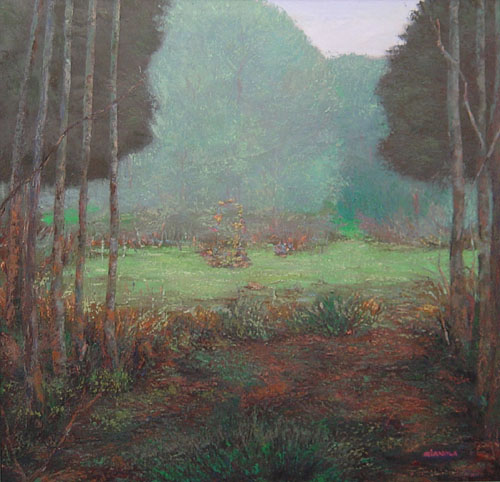 Tranquility Tranquility
40
x
40 oil 1995 |
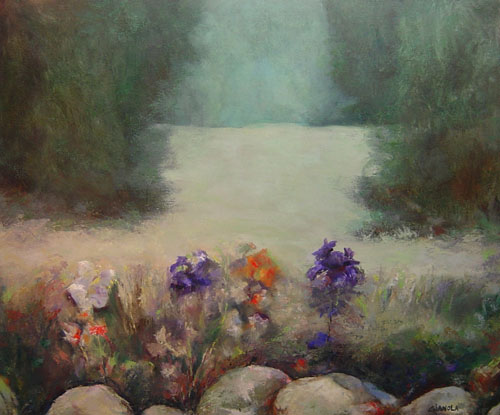
Iris
Dream
sold 40
x
48 oil 1996 |
|
Retreat #5 40
x
48 oil 1995 |
Reflections
sold 24 x 30 oil 2000 |
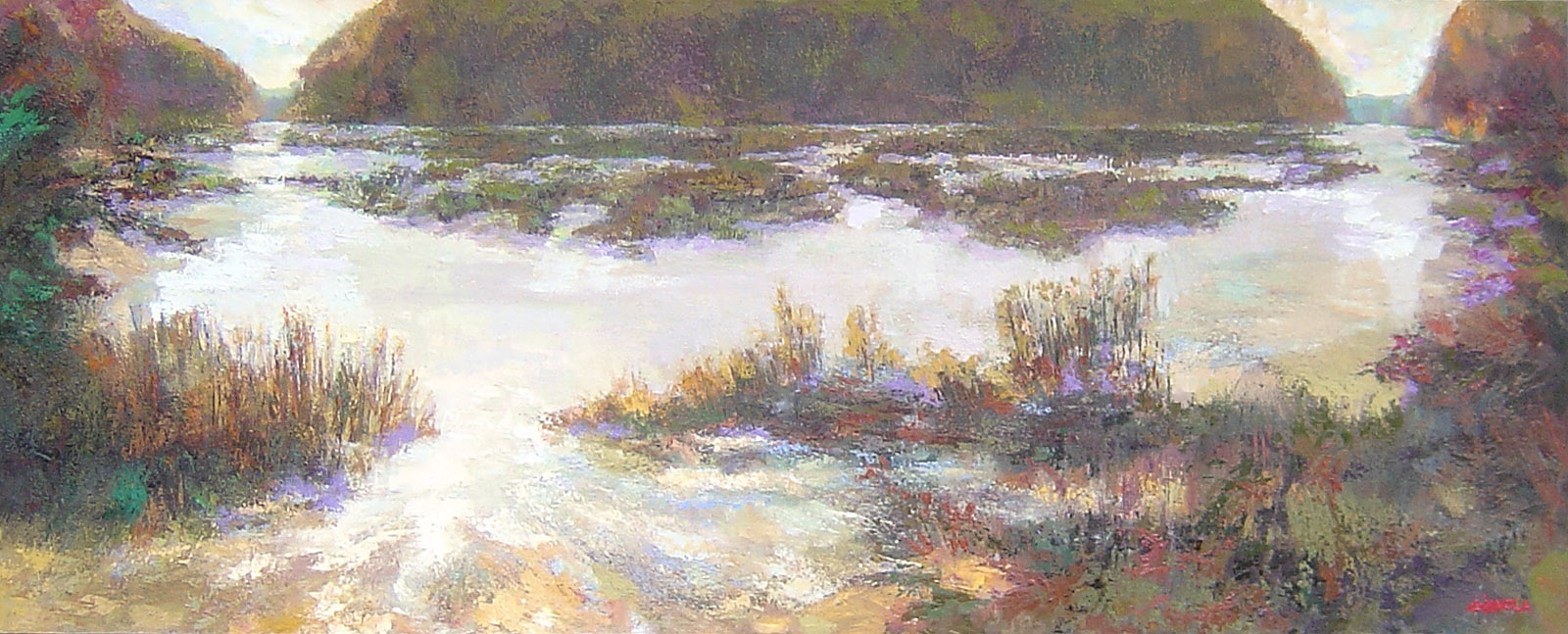 Flow sold 24 x 60 oil 1995 |
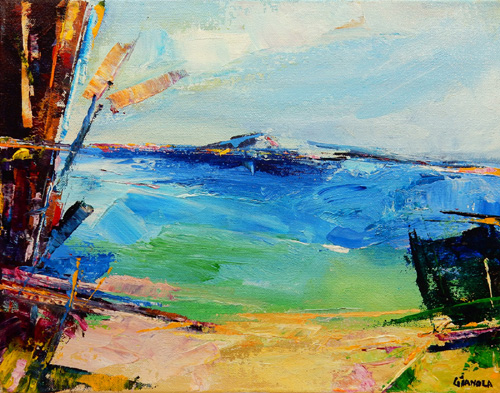 |
|
| Kailua
#3
16 x 20 acrylic 2007 |
Kailua
#1
11 x 14 acrylic 2007 |
|
Sandy
Beach #4 |
Sandy Beach #1 11 x 14 2007 |
With Lau Chun at his Royal Hawaiian Hotel gallery in 2007. |
|
5.
Interlude In
1996 I painted a large acrylic piece in four attached
canvases, “You’ll Know When You Get There”. Please
view on Home page. It was at the request of jazz
musician and concert promoter Jeff Haas. The painting
was to compliment the creative improvisational jazz
music of the Marcus Belgrave Quintet, displayed above
the band at Milliken Auditorium at the Dennos Museum
Center in Traverse City. Starting a fifteen foot piece
with no pre-conceived intention, I reached down deep
to create this, not knowing I would return to this
source more than twenty years later. It was the
beginning of my improvising over an intended or
discovered structure.
6. Windows, inside/out In 2001 I began to be influenced by a very different group of visual ideas. I needed to move on from my landscape based subjects and color. Richard Diebenkorn’s Ocean Park series of abstractions, originally from the landscape and cityscape, attracted me in their geometric compositional lyricism, and their beautiful color stories. The late Hans Hofmann primary geometric abstractions also moved me, particularly “The Golden Wall” in Chicago. A vision of abstracted interior scenes developed; one a view from our living room in shadow into the sunny bedroom, with an angular shadow. Another my studio entry door with window and corner of my studio. This subject became my next three numbered series; “Interior”, “Windows”, and many “Inside Out”. The interiors evoked geometry, mathematic relations including the Golden Rectangle stacked on a square, my draftsman based sense of order, even, I now see, music ... These ideas evolved to works with a combination of interior and landscape elements evoking contrasts; inside/outside, man-made/natural, linear/gestural, ordered/fractal, garden/architecture, and techne/psyche. Later additional realistic elements were incorporated into the abstract; -still life; studio, cans, and brushes relating to the artists life, home elements reflecting a vision of marital domestic home life and stability. -florals; Ikebana, Hawaiian Lei, Japanese Gardens. -female Psyche figure, representing the Greek goddess of the soul, heart, and breath. Also signifying the deep creative “daimon” source, described from Socrates to deep psychologist James Hillman. Also of course representing my dear sweet wife of 33 years, Pam Yee. My writing abilities limit my expression of my wonderful life with her, without whom I cannot imagine any of this would have happened. |
|
Timeless
14
oil 2007
sold
|
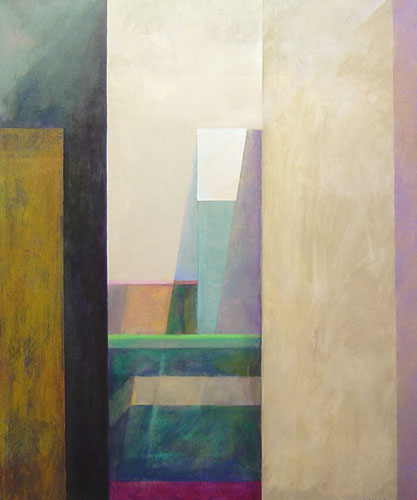
Passage
38
x
32
acrylic
2001
|
|
Inside
Out 2007 |
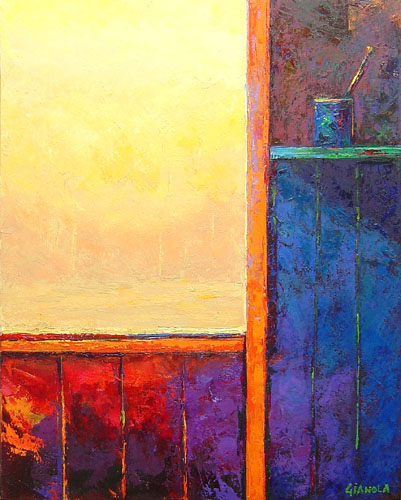
Windows #2 20 x 16
2005
|
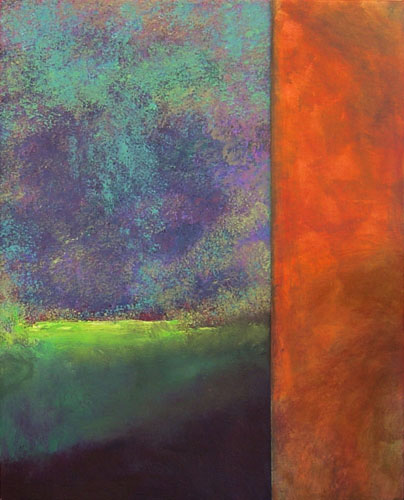 Inside Out #1 sold 30 x 24 oil 2003 |
Inside Out #27
24 x 14 oil 2010
|
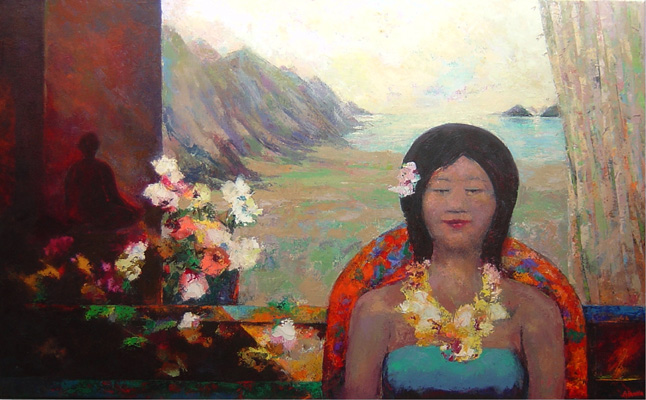 Psyche #12 28 x 46 acrylic 2009 |
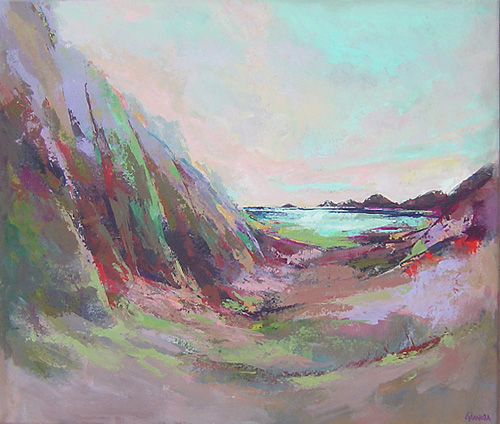 Pali Retreat 20 24 acrylic 2009 |
|
7. Passages A further development from my inside out series was the triune visual concept of the great “Passage” series. These were a symmetrical composition of a window or doorway, the literal passage, leading to an open bright landscape beyond. This was a strong image for me. I came to realize it was based on my many symmetrical landscape paintings of years before; a stand of trees in shadow on the left and right, with an open sunny passage in the middle leading to an inviting field or path. I started to add a cool turquoise “river” element to these passage paintings, overlapping the strict linear elements. My visual concept became ever more abstract, using a cool horizontal on top of a vertical triune composition. This passage idea was transformational for me and led to a much more relaxed, open, completely abstract series. To me it signified a passage to future possibilities and realities; also a passage from linear rational Techne to intuitive internal creative spirituality Psyche. The
great Robert Hughes described this passage
symbolically; “No
painting is wholly abstract.
All art, in some way or another, is
situated in the world, hoping to act as a
transformer between the self and the non-self. The great
project of modernism was to propagate more
ways in which this could be done.
But any view of art that insists on
locating art’s meaning in its power to do what
had not been done before tends to reject the
benefits of the modernist spirit: it exchanges
ideological cramp and historicist narrowness
for the anxious and open discourse our
cultural parents bequeathed us. The signs of that constriction are everywhere today-in the small ambitions of art, in its lack of any effort towards spirituality, in its sense of career rather than vocation, in its frequently bland occupation with semantics at the expense of the deeper passions of the creative self. Perhaps the great energies of modernism are still latent in our culture, like Ulysses’ bow in the house of Penelope; but nobody seems able to string and draw it. Yet the work still speaks to us, in all its voices, and will continue to do so. Art discovers its true social use, not on the ideological plane, but by opening the passage from feeling to meaning - not for everyone, since that would be impossible, but for those who want to try. This impulse seems to be immortal. Certainly it has existed from the origins of human society, and despite the appalling commercialization of the art world, its flight into corporate ethics and strategies, and its gradual evacuation of spirit, it exists today.” - Robert Hughes, "The Shock of the New".
|

Passage #15
36 x 12 oil
2005
|
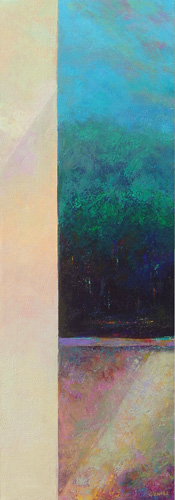 Passage
#16
40 x 14 oil 2005
|
 Passage
#91
38 x 14 oil 2015
|
 Passage
#100
sold
48 x 16 oil
2015
|
|
8. Music, ECM, cells My current series of color composition paintings are based on my long time listening, and playing, to jazz and instrumental improvisational music. These
color
compositions involve harmony, dissonance,
rhythm, ostinato, counterpoint, calm, tension,
motion, rest, and balance, using improvisation
over an intended or discovered structure. I
balance enough harmony to be beautiful with
enough dissonance to be interesting.
Technically my painting embodies the freedom
of gestural abstraction with the care and
considered nuance of classical realism. An
interesting comment came from the renowned
conceptual artist Christian Marclay, "They
look like they're something, but they're
not". The music on the 1100 albums of the European creative music label ECM and ECM New Series has been an inspiration to me for all of this since 1969, featuring Keith Jarrett, Dave Holland, Tomasz Stanko, Simple Acoustic Trio, Nik Bartsch, Chick Corea, Anja Lechner, Arild Anderson, and many more. Another long time influence is the Bitches Brew fusion esthetic of Miles Davis, Herbie Hancock, Weather Report, and John McLaughlin. I originally started my jazz listening in 1969 with Bitches Brew and forward from there as well as backward into Bebop of the 60’s and 50’s. I have also been focusing on a “cell” like form that kept recurring while I was painting and it just always felt right to me, it's meaning some kind of mystery, evoking not the landscape but larger Nature.. As of 2019 I am producing a series of small colored drawings of the musical and cell ideas. I feel they are beautiful, playful, fun, reflecting ideas of a cosmic musical harmony, with some necessary dissonance, as well as life on the cellular through galactic level. They are done on Canson Mi-Tientes paper with Prismacolor pencils, the same materials I used in the automotive renderings done in the eleventh grade at Cass Technical High School. So there is a bit of a return involved. |
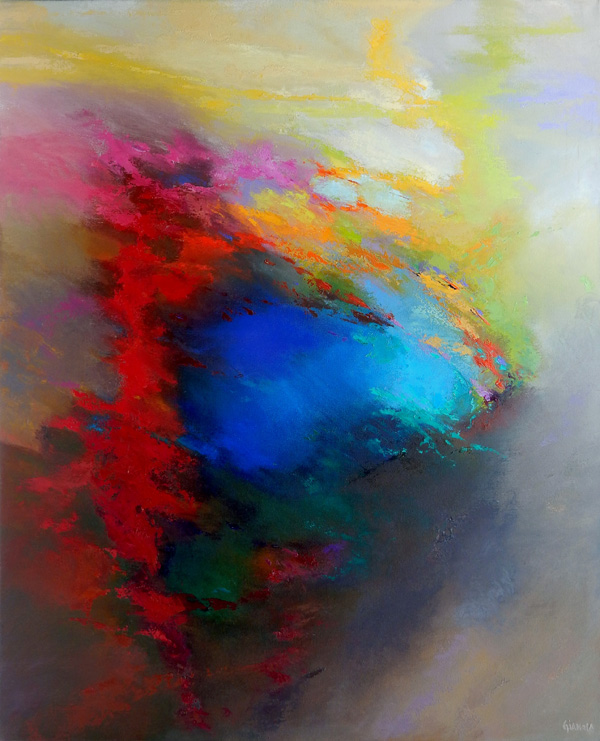
Passage #126 42 x 34 oil 2017 |

Passage #108 40 x 14 oil 2016 |
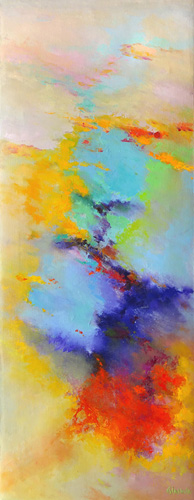
Passage #157 28 x 11 oil 2018 |
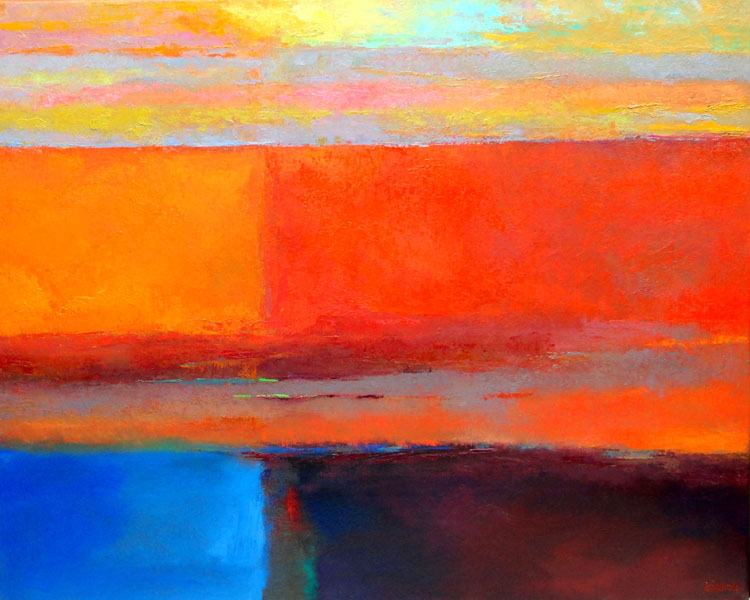 Passage
#69
24
x 30
oil
2012
|
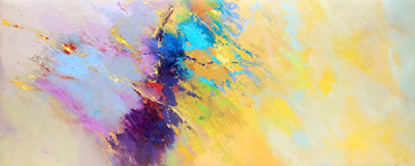
Passage #140
12
x 30 oil
2017
|
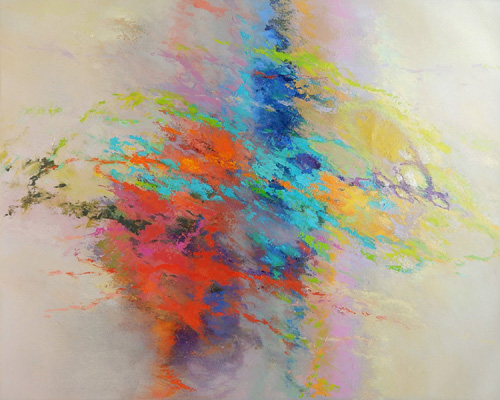
Passage #150 24 x 30 oil 2018 |
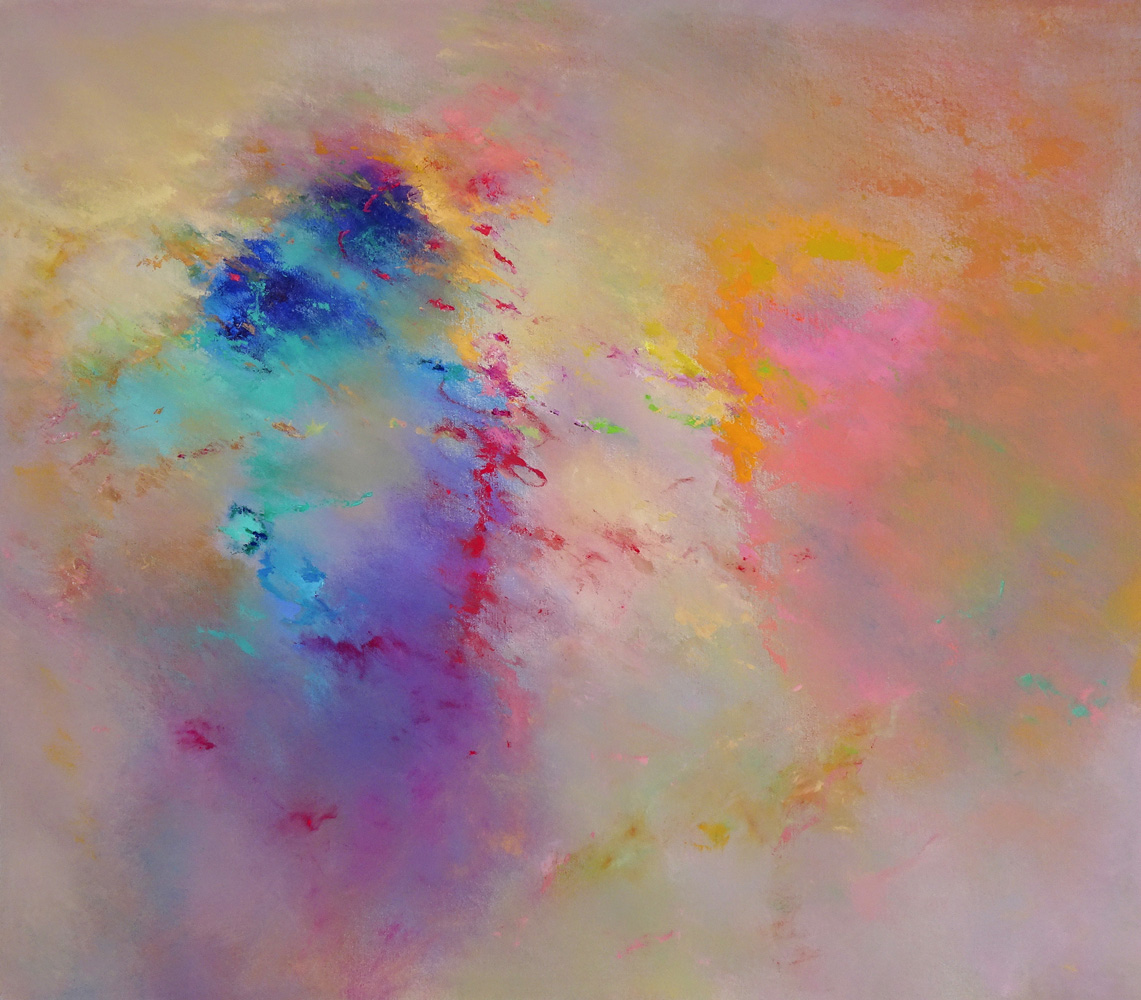
Passage #160 30 x 34 oil 2019 |
Passage #179 10 x 14 oil 2019 |
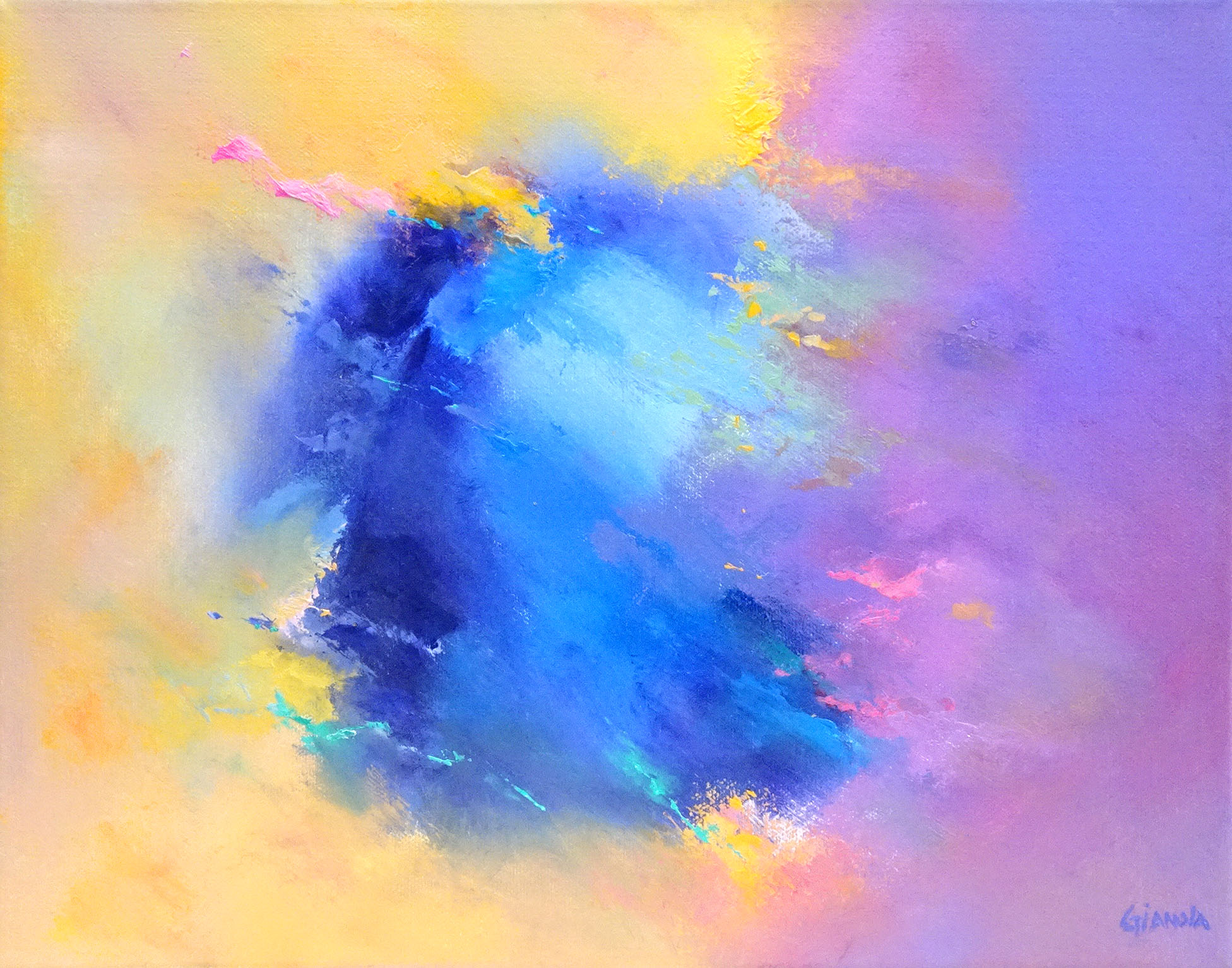 Passage
#177
11 x 14 oil
2019
|
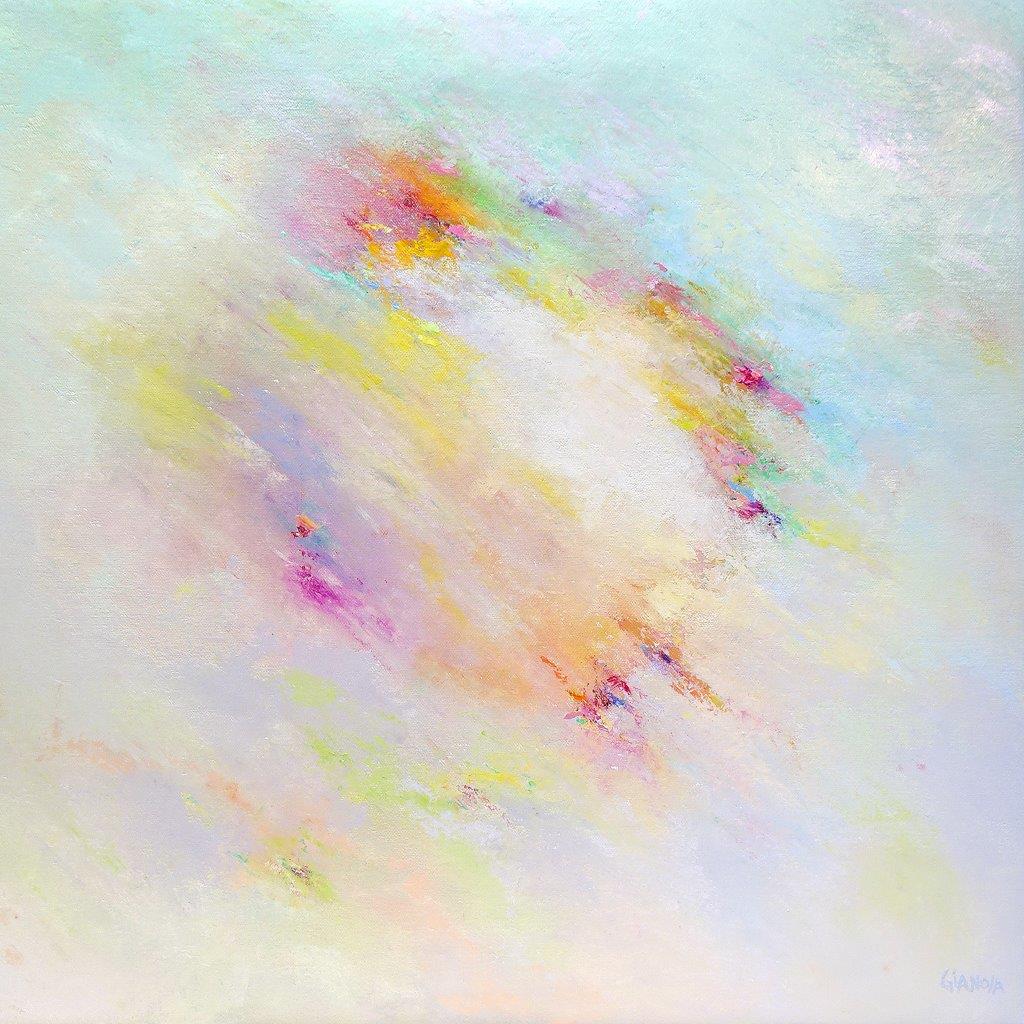 Passage #176 20 x 20 oil 2019 |
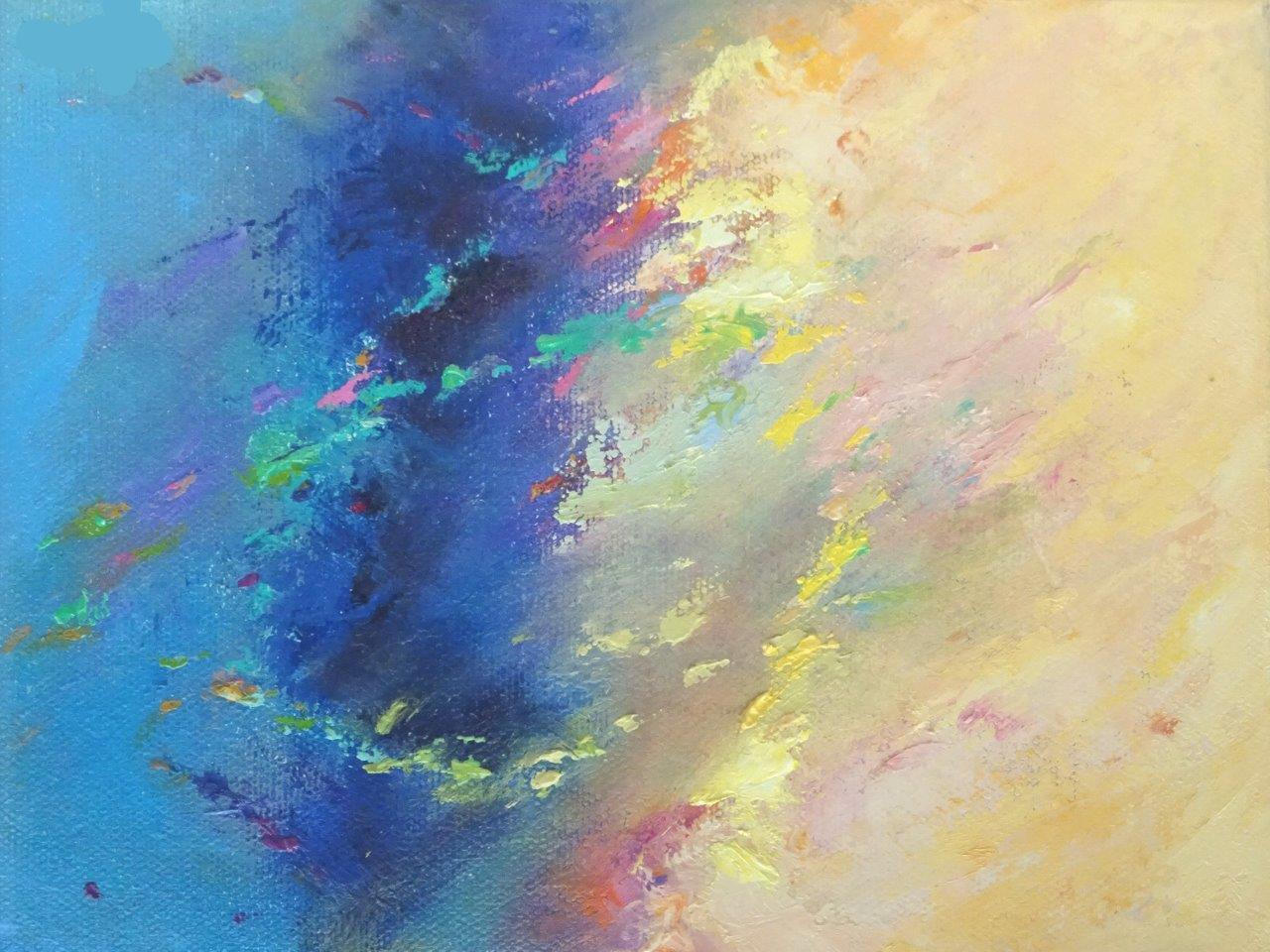 Passage #175 6 x 8 oil 2019 |
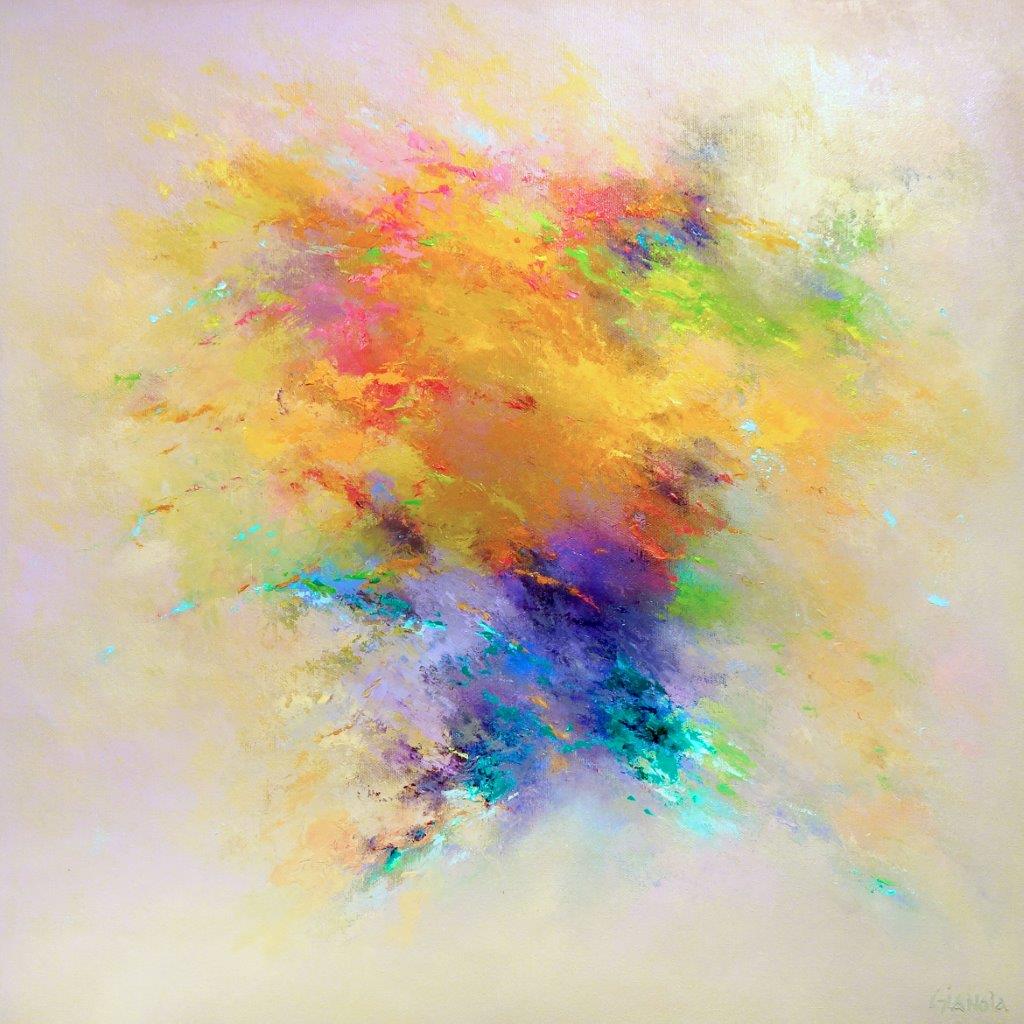 Passage #173 20 x 20 oil 2019 |
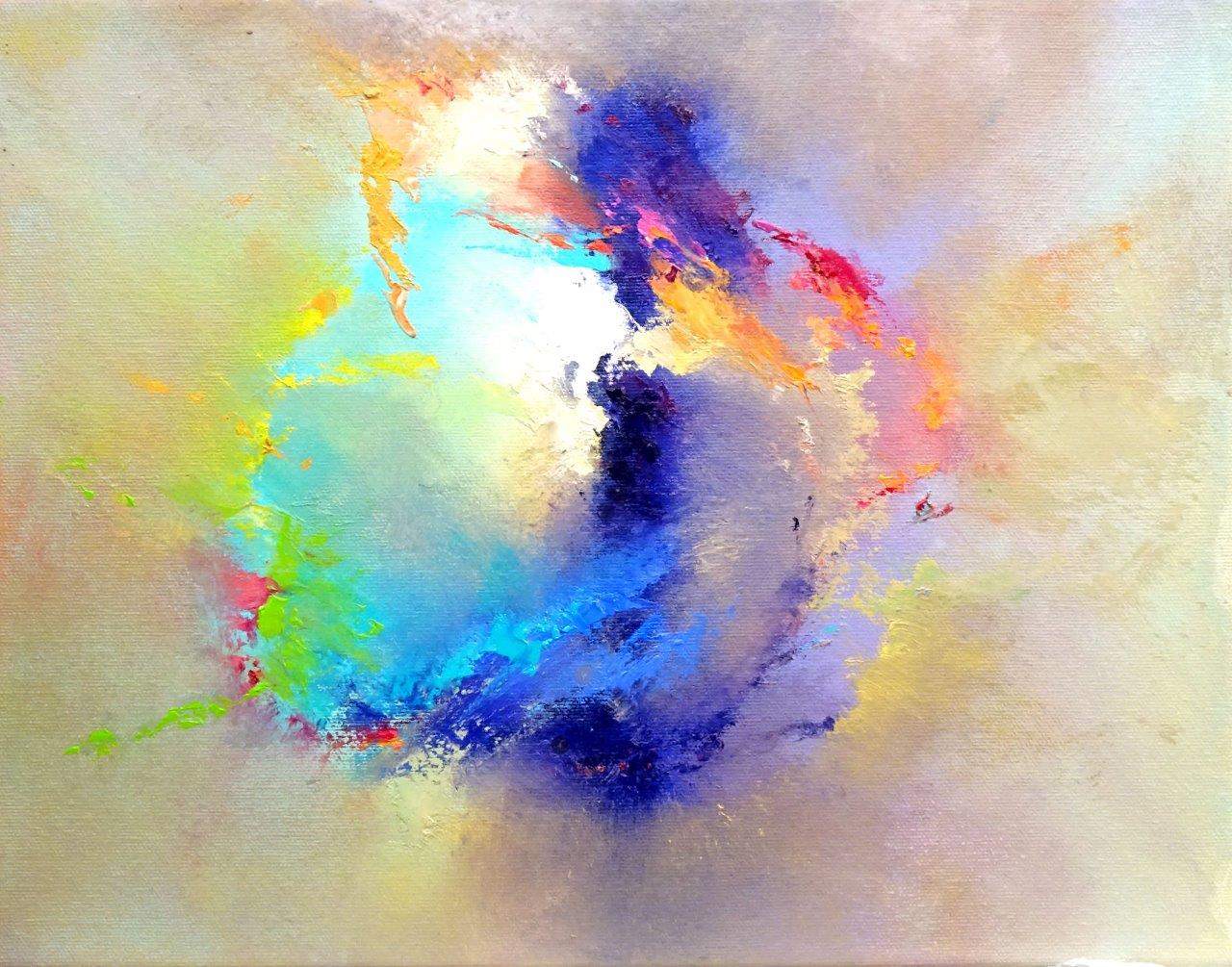 Passage #180 11 x 14 oil 2019 sold |
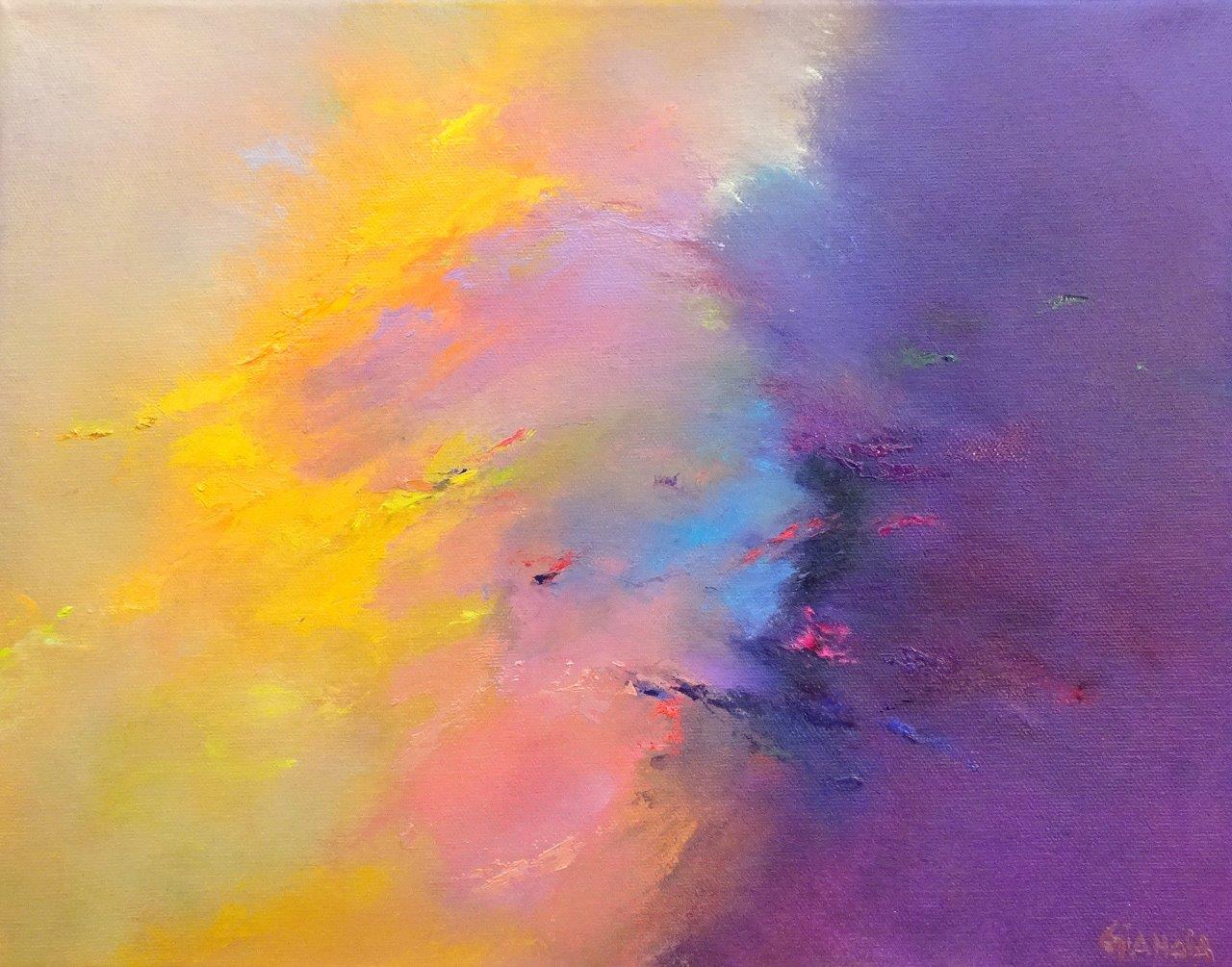 Passage #178 11 x 14 oil 2019 |
Prismacolor Pencil on Canson Mi-tientes Paper 7 x 10 2019 sold |
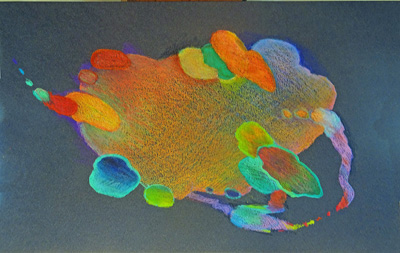
Prismacolor Pencil on Canson Mi-tientes Paper 7 x 10 2019 |
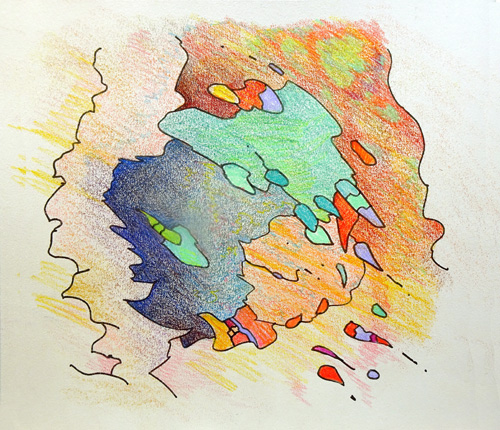 Prismacolor Pencil on Canson Mi-tientes Paper 7 x 10 2019 |
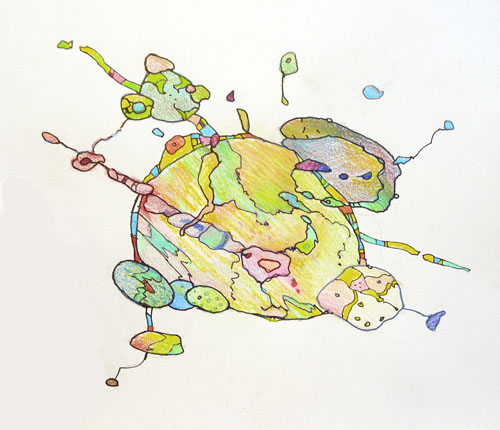
Prismacolor Pencil on Canson Mi-tientes Paper 7 x 10 2019 |
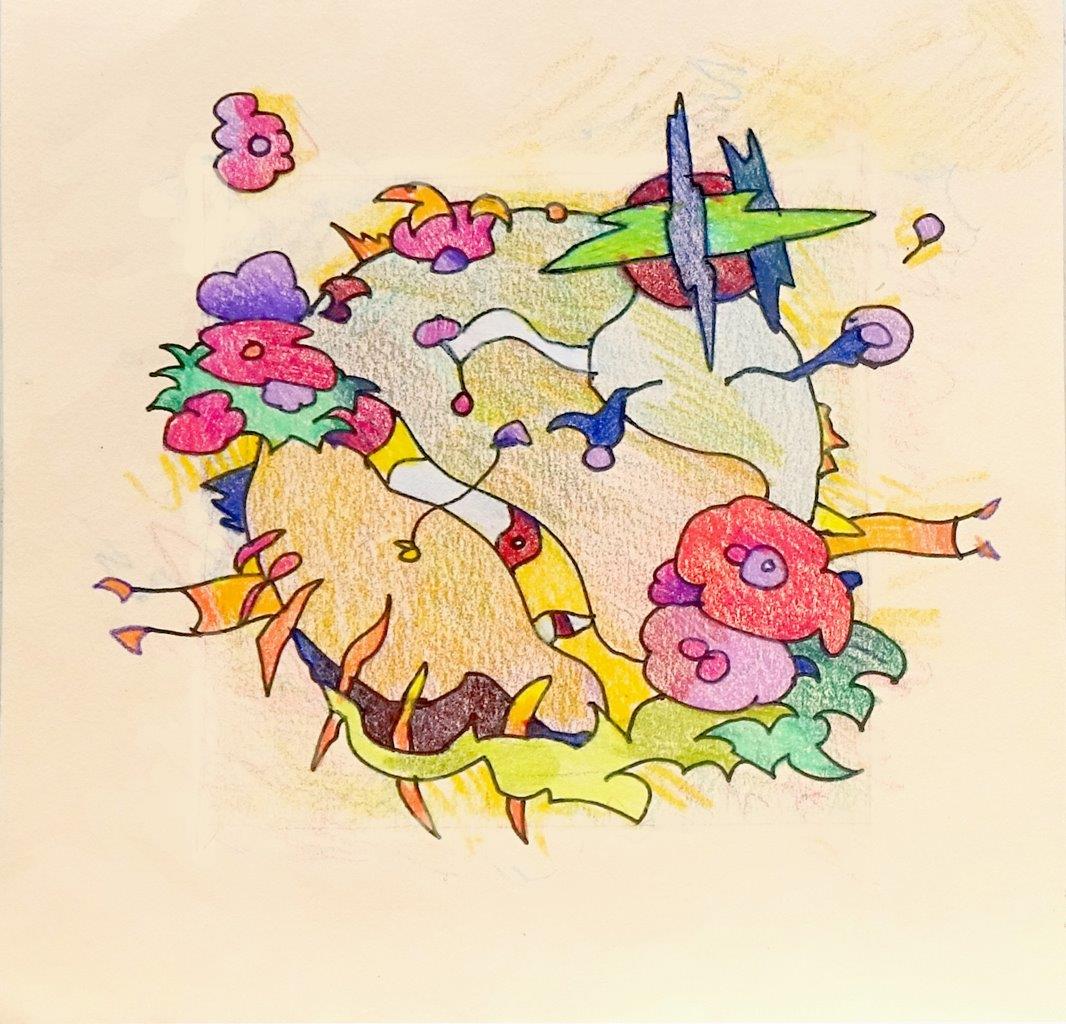 6 x 6 1/4 Ink & Prismacolor Pencil on Canson Mi-tientes Paper 2020 |
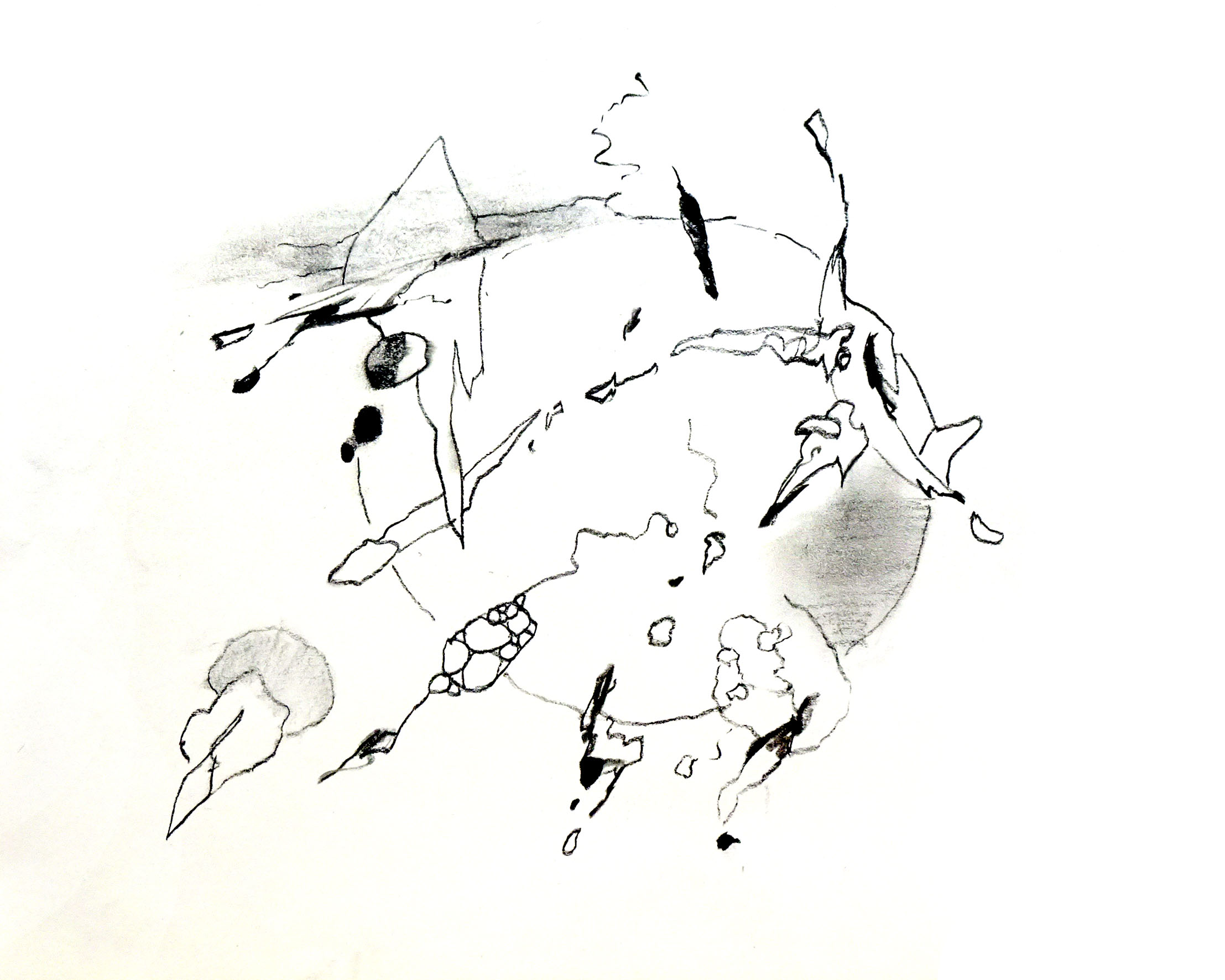 8 x 10 Charcoal
2021
|
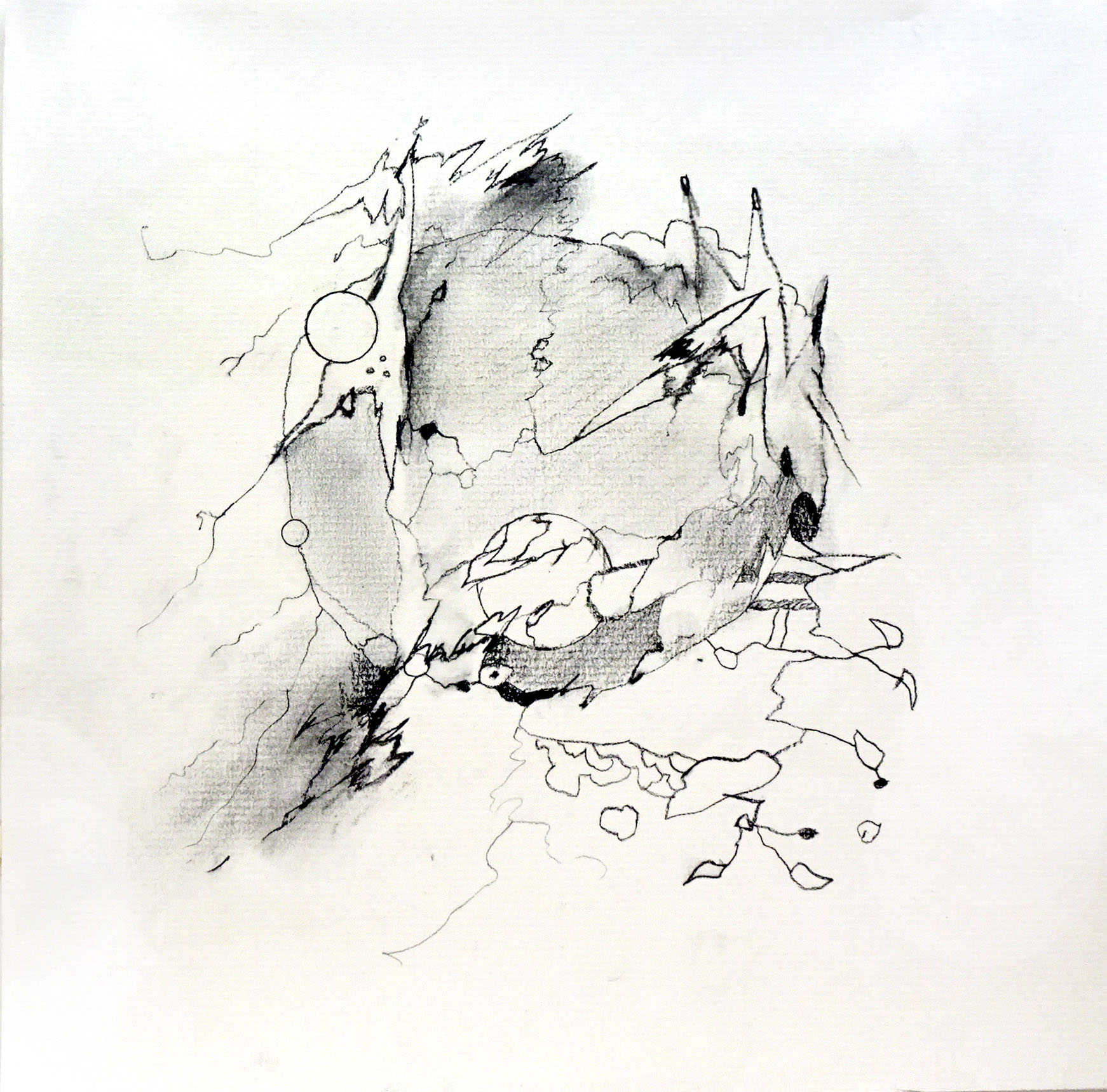 9
x 9
Charcoal
2021
|
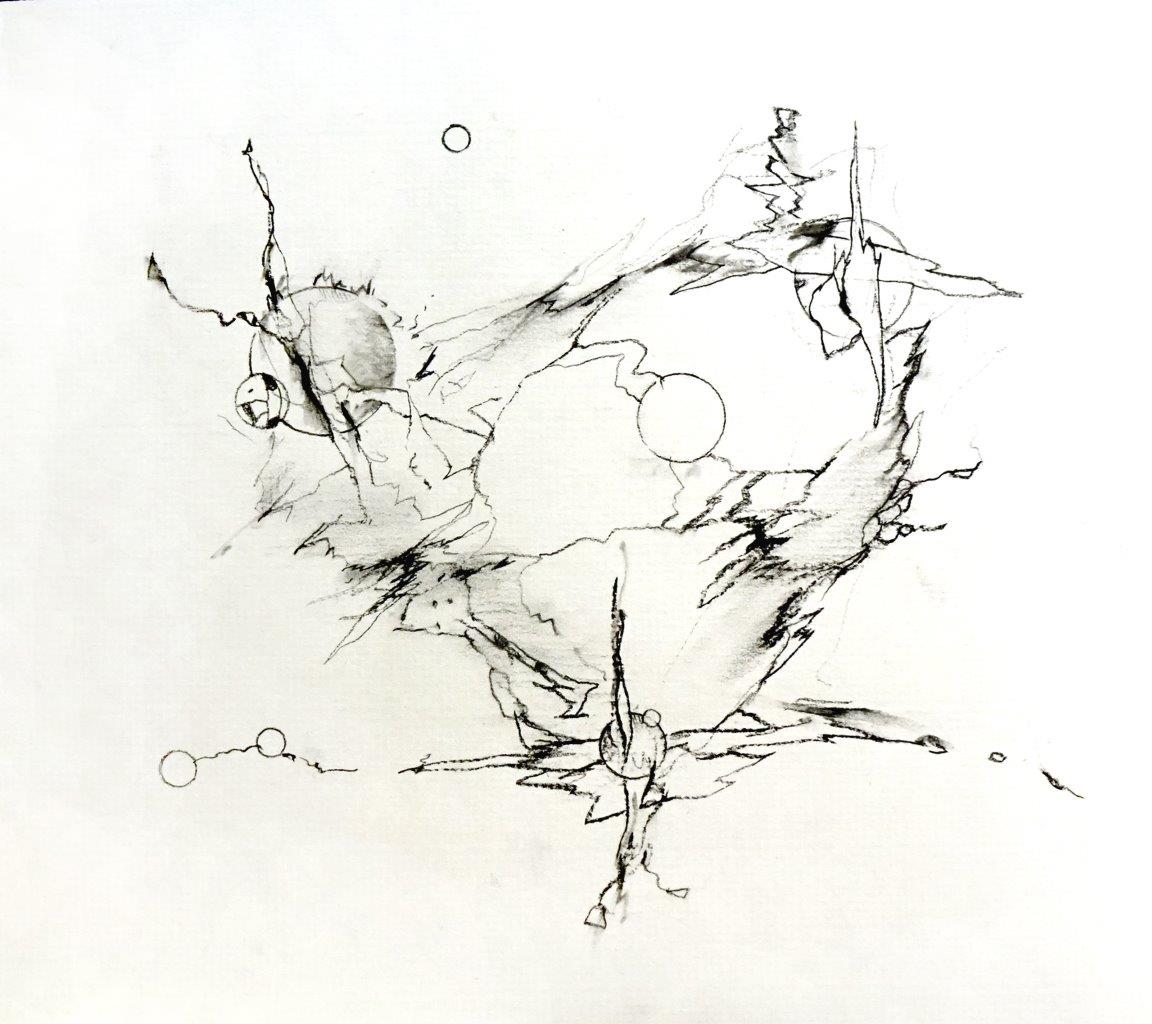 8
x 9
Charcoal
2021
|
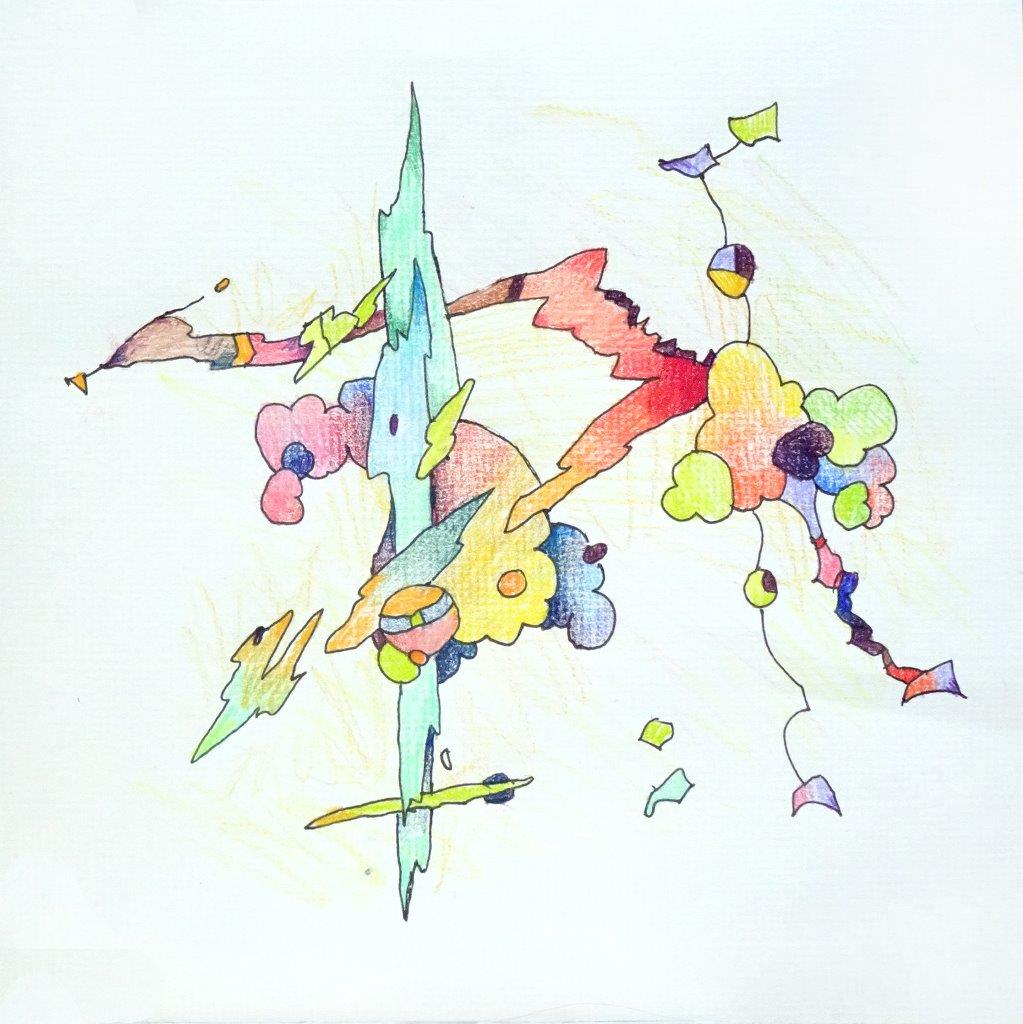 8 x 8 Ink & Prismacolor Pencil 2021 |
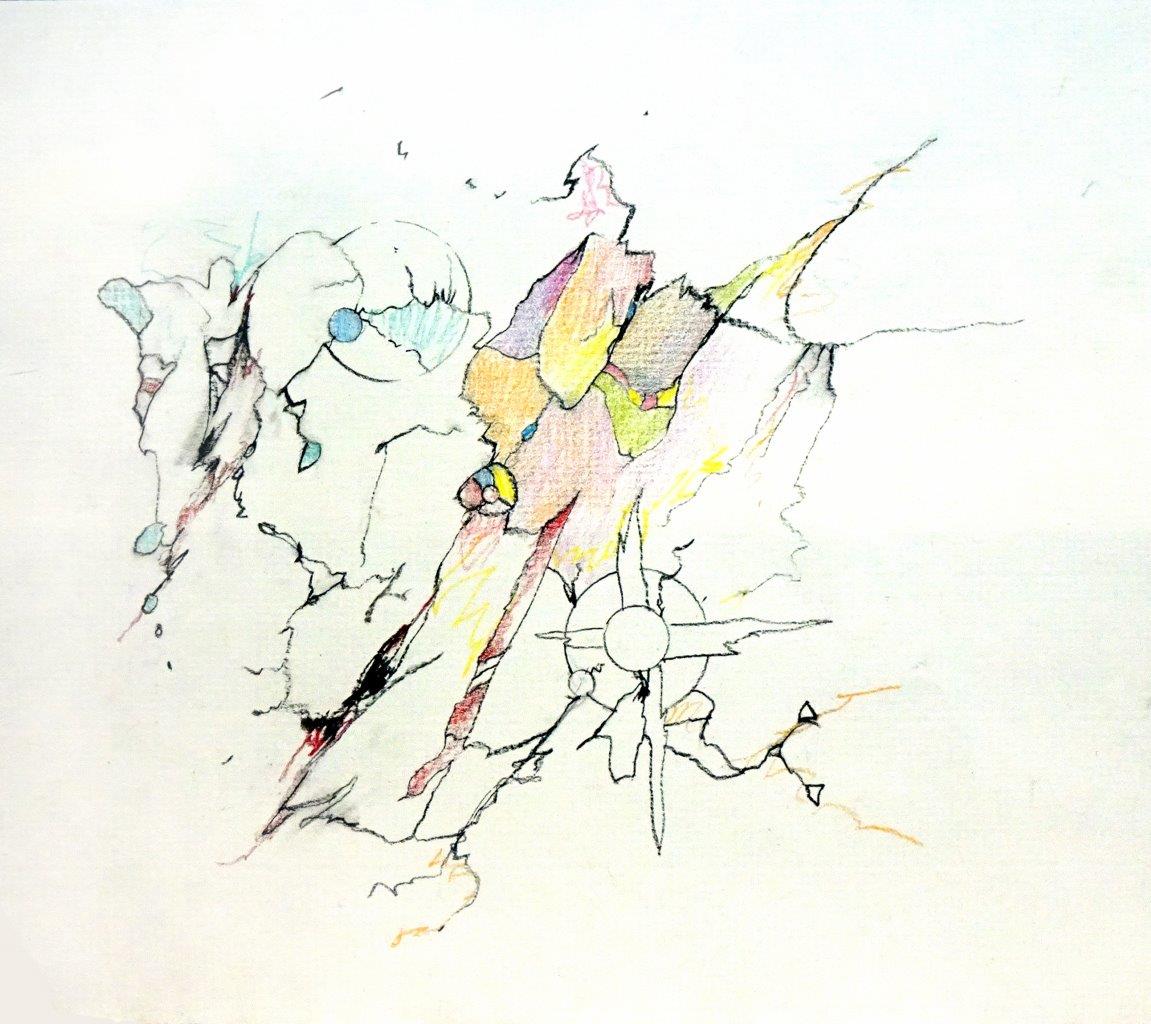 8 x 9 Charcoal & Prismacolor Pencil 2021 |
